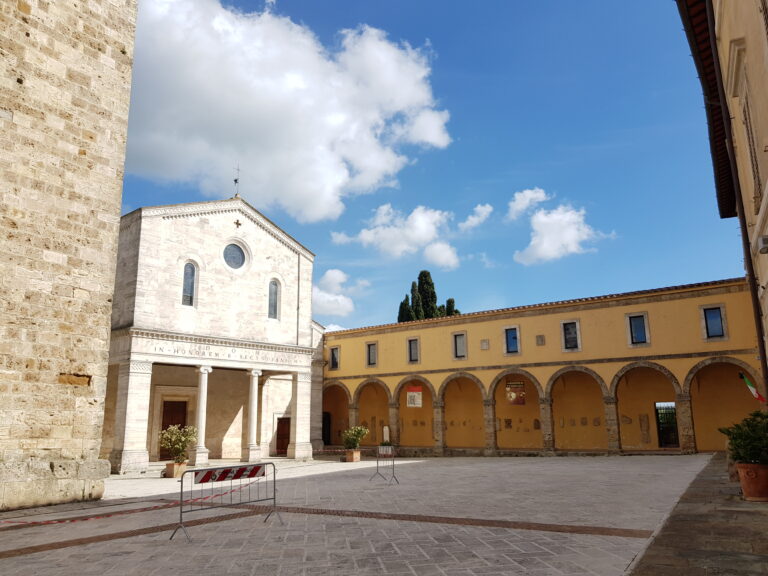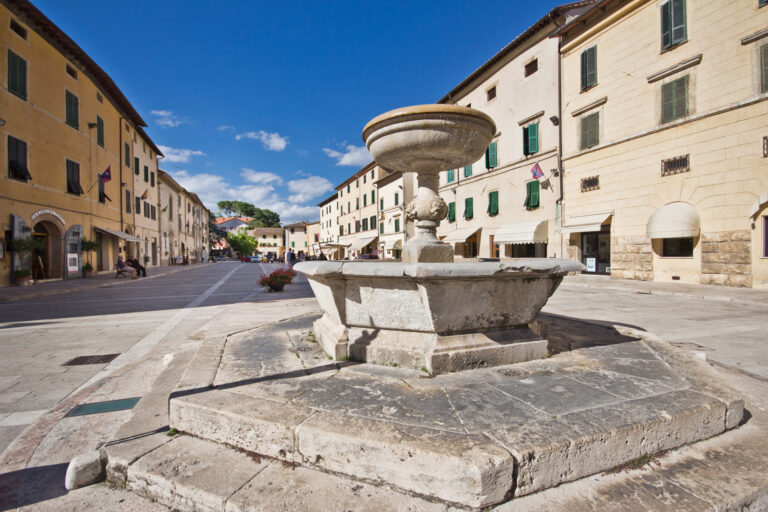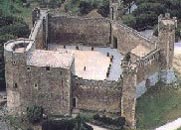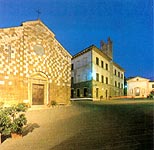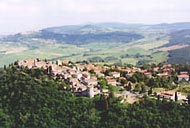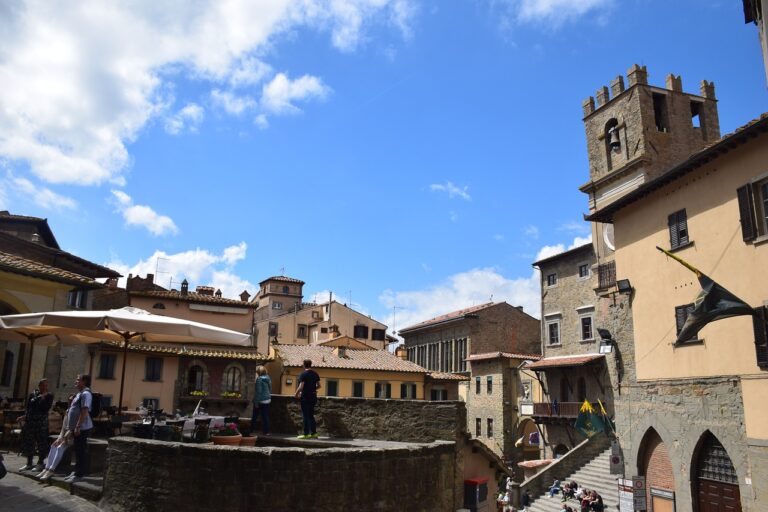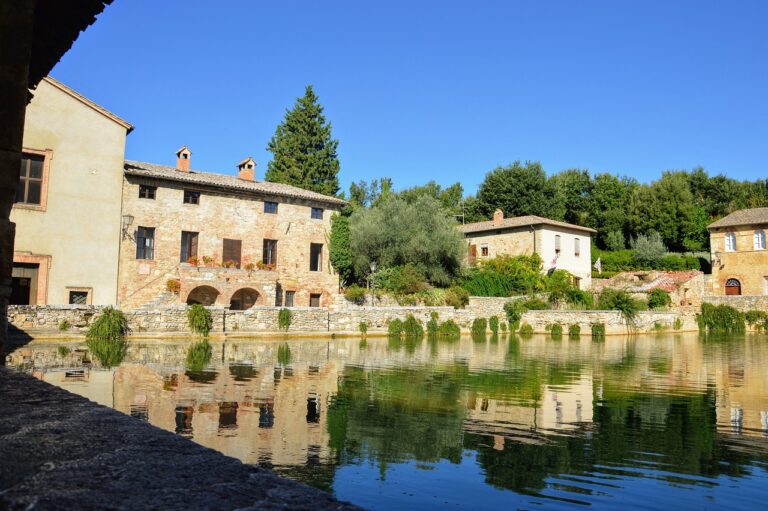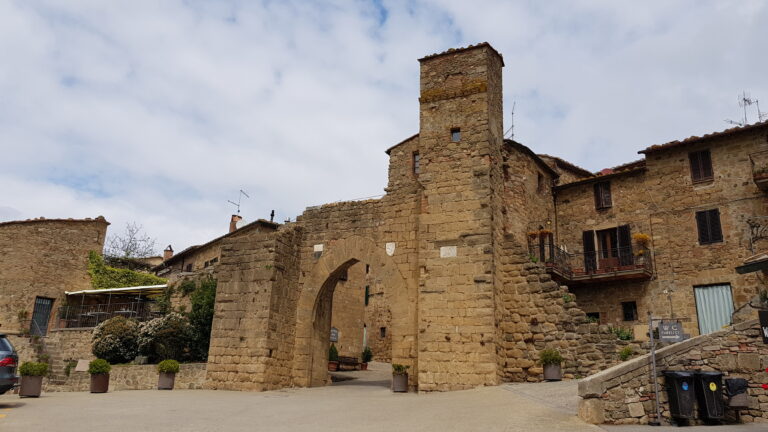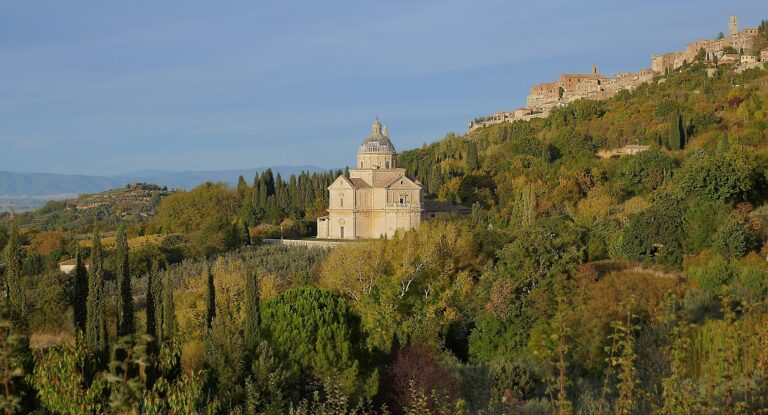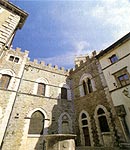
San Casciano dei Bagni
The main feature of this medieval town, which stands on the Sienese border between the regions of Umbria and Lazio, is its wealth of hot spring water, numbering as many as 42 springs. The waters here were already known in Roman times (Oratius alludes to their therapeutic qualities). The main economic activity is related to hot springwater tourism and to “agritourism” which thrives thanks to

